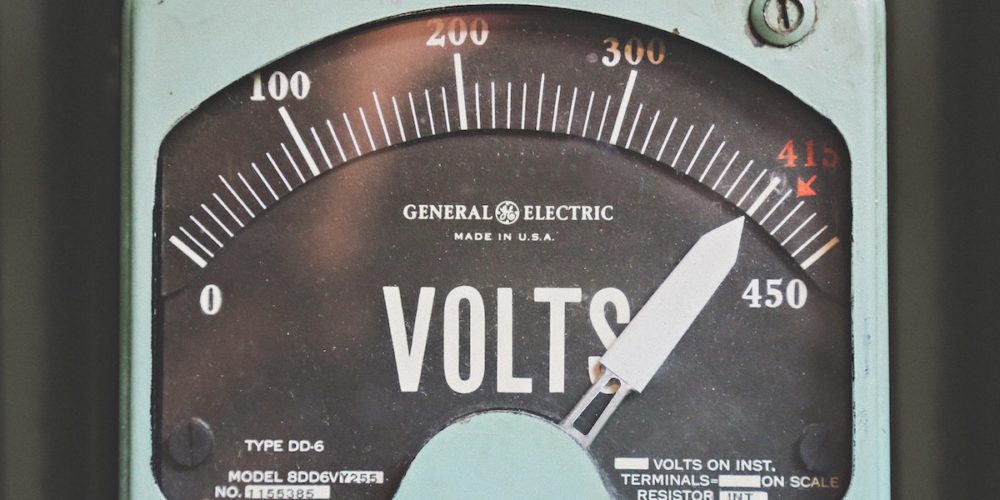In 2019, the UK became the first of the G7 countries to enshrine in law the requirement to achieve net zero emissions by 2050. Doing so will require a drastic reduction in emissions and major investment in removing remaining emissions from the atmosphere. If we are to meet this target it is imperative that government ensures there is sufficient support for businesses to make the transition.
But first, it’s important to have a clear understanding of what “net zero” is and what it means for your business.
We’ve all heard the term net zero, but what exactly does it mean?
Put simply, net zero refers to the balance between the amount of greenhouse gas produced and the amount removed from the atmosphere.
We reach net zero when the amount we add is no more than the amount taken away.
Think about it like a bath turn on the taps and you add more water, pull out the plug and water flows out. The amount of water in the bath depends on both the input from the taps and the output via the plughole. To keep the amount of water in the bath at the same level, you need to make sure that the input and output are balanced.
Reaching net zero applies the same principal, requiring us to balance the amount of greenhouse gases we emit with the amount we remove. When what we add is no more than what we take away we reach net zero. This state is also referred to as carbon neutral; although zero emissions and zero carbon are slightly different, as they usually mean that no emissions were produced in the first place. Reaching a point where we produce zero greenhouse gas emissions would be virtually impossible. That’s why we talk about net zero rather than absolute zero or zero carbon.
We have the power to make a change
Small businesses make up over 99% of UK businesses and provide 60% of private sector jobs. In short, the government has no hope of reaching net zero across the UK without helping small businesses get there too. Working with small businesses we know that many are confused about what net zero means and what they need to do to get there.
Businesses in the wedding industry have a crucial role to play if we are to avoid the worst effects of climate change. As we know many companies are already prioritising sustainability and making informed environmental choices in their business, but that alone isn’t enough.
What does it mean to make a Net Zero commitment?
In 2021, the Government launched the SME Climate Hub, asking all small businesses to commit to reducing their emissions. Making the commitment is free and only requires basic information about your business.

How do you get started?
The first step is the most important – measuring your current carbon footprint, after all you can’t start to reduce your emissions if you don’t know what they are.
Understanding your emissions
You may have heard of emissions referred to as scope 1, 2 and 3… but what is the difference? Emissions are broken down into three categories by the Greenhouse Gas Protocol in order to better understand the source.
Scope 1 – All direct emissions from the activities of a business or under their control. For example, company owned vehicles and facilities.
Scope 2 – Indirect emissions from energy consumption, for example the electricity purchased and used by a business. Emissions are created during the production of the energy and eventually used by the business.
Scope 3 – All other indirect emissions from activities of the business, occurring from sources that they do not own or control. These are usually the greatest share of the carbon footprint, covering emissions associated with business travel, procurement, waste and water.
Creating a carbon reduction plan, setting targets and taking action
Each Scope offers different opportunities to cut emissions. The most important thing is to set realistic but ambitious targets, perhaps by working out what emissions reductions will be required each year to reach net zero before 2050. Interim targets give you the opportunity to monitor your progress and make corrections if you go off-course.
Scope 3 emissions are, in most cases, the biggest obstacles to reaching net zero as they are much harder to eliminate. Factoring them into your interim target-setting is vital. One approach may be to set a much more ambitious target (i.e. a target in the nearer future) for getting Scope 1 and 2 emissions to zero, leaving you capacity to focus solely on Scope 3.
Start with the quick wins
Energy efficiency is the quickest and cheapest way to cut your emissions. Scope 1 and 2 emissions can be immediately tackled by considering building efficiency, from building fabric measures to reducing heat and cooling loss, or even servicing and replacing boilers.
You may also consider switching to a supplier that only buys electricity generated from renewable sources, or even investigate onsite renewables of your own. When looking at providers, green tariffs are always a safe bet, but it’s important to ensure that your provider has a tariff backed by a “guarantee of origin” so you can be sure that you are getting clean power.
If you have a company fleet, you’ll need to think about what this looks like in light of the Government’s commitment to banning the sale of new petrol and diesel cars from 2030. Starting the transition to hybrid and electric vehicles as soon as realistic will pay dividends in the longer-term as pressure grows to tackle polluted air. In any case, you’ll need to think about stranded assets. Diesel-powered vehicles will soon be a significant financial burden, so having a plan to dispose of them as soon as possible is a sensible step now.
How should you showcase your progress?
Once you have calculated your greenhouse gas emissions you may wish to report this information. You are not required to legally publish this information, but you may wish to publicly disclose this information in your advertising material, on your website. We suggest following the government guidance for carbon reporting for small businesses:
- Decide who would be interested in your greenhouse gas emissions data (e.g. customers, suppliers, staff)
- Decide where to publish information (e.g. internal management reports, company website, supplier questionnaires and tenders)
- Decide how to report your greenhouse gas emissions.
There is no time to waste – start now
The message is clear – if you want to get to net zero in the coming decades, you need a plan now. Measuring your impact, setting your priorities and picking off the easy wins is a great way to start your journey and drive your emissions down.
Embarking on your net zero journey can have significant benefits – it saves costs, brings greater collaboration, and it boosts your reputation amongst clients and customers increasingly concerned about climate change.
By reducing carbon emissions and moving to net zero, your business can:
- cut energy and transport costs
- qualify for tax benefits
- meet environmental regulations
- attract new customers and investors
- help those in your supply chain meet new targets
- attract and retain employees who care about the environment
You’re probably thinking why use a picture of a fishing net, net zero has nothing to do with nets… but this picture highlights the ocean waste, which as the ocean is key player in carbon storage, effects our ability to reach net zero.


